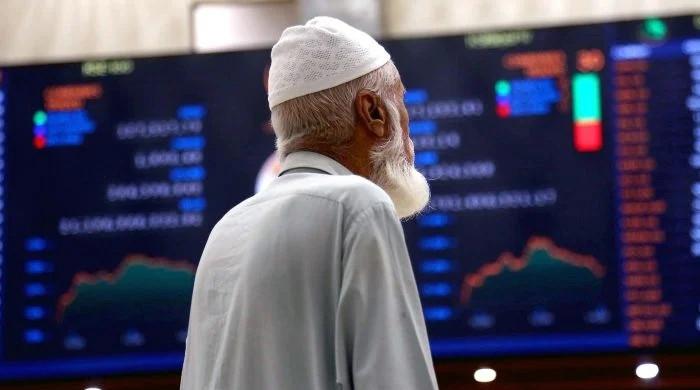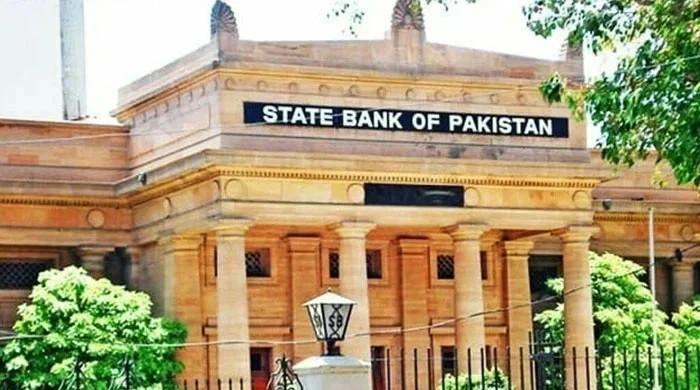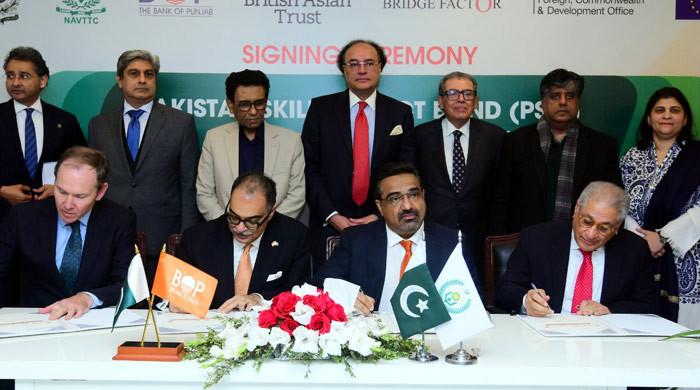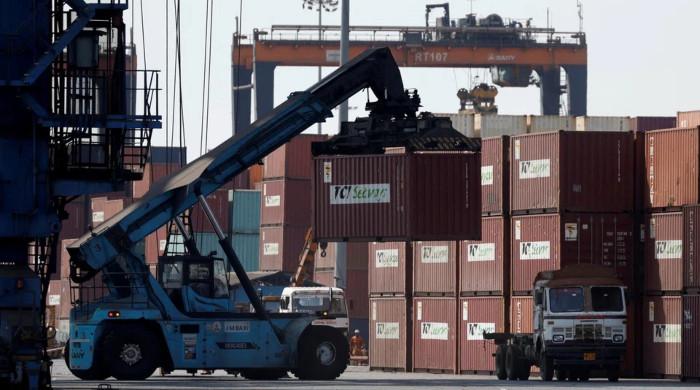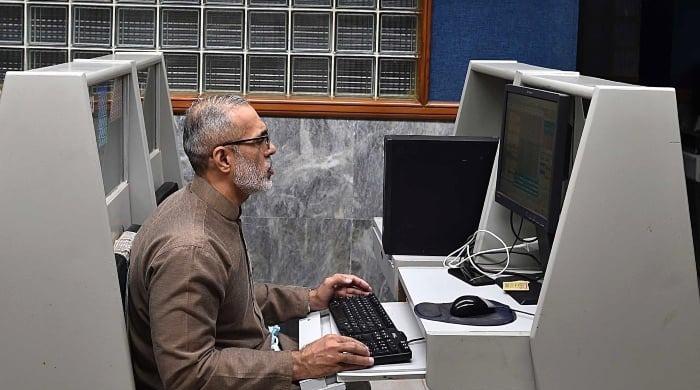BISP data to be used for power subsidy
Ministry of Finance has given six months to the Military Accounts to bring all pensioners from the manual to direct credit system
July 18, 2020
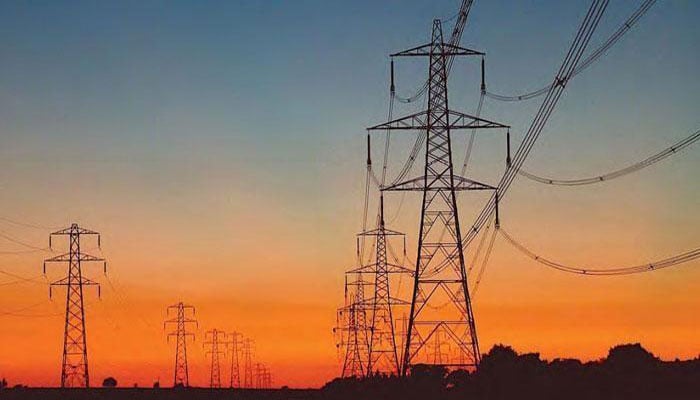
ISLAMABAD: The government will be using data collected for the Ehsaas Emergency Cash programme to identify the beneficiaries as they prepare to introduce a rationalized mechanism for the provision of power sector subsidies.
According to a top finance ministry official, Pakistan has to share a tangible plan with International Monetary Fund (IMF) a plan for the mobilisation of tax revenues and eliminating circular debt besides proposing amendments to the State Bank of Pakistan (SBP) and Nepra Acts to put the stalled programme back on track.
He added that the cost of power sector subsidies had been declined by 60% in the budget 2020-21 which means that a targeted subsidies mechanism would be introduced.
To do this, the Ministry of Finance has given six months to the Military Accounts to bring all pensioners from the manual to direct credit system (DCS). There are apprehensions that all pensioners have not been converted from manual to DCS which means ghost pensioners still exist in the system.
Moreover, the military accountant general has indicated that they were launching a pilot project at Kasur which would later be replicated in all regiments.
The official added that it was Prime Minister Imran Khan and his economic team who decided not to give any raises in salaries or pensions, also for the armed forces personnel.
Dispelling the impression that “trust deficit” existed with the IMF, the official said there was complete understanding with the Fund and this transitory phase of ‘deviation’ from the IMF programme.
The official added that the country would continue to work to bring IMF, World Bank and Asian Development Bank, on one page on the roadmap for the mobilisation of tax revenues and adopt a strategy, fixing the problems of the power sector and eliminating the circular debt.
Without giving an exact timeframe for reviving the stalled $6 billion IMF program, the official said the government would have to come up with a revenue mobilisation plan, fixing the power sector pricing mechanism, and a tangible plan to overcome the monster of the circular debt that had peaked to Rs2.2 trillion after the coronavirus outbreak.
Moreover, he added that the SBP and Nepra Acts would have to be amended with the approval of the Parliament to grant autonomy to these two regulators. The IMF wants to grant power for determination of tariff with automatic adjustment of power tariff without seeking approval of government which can be done through Nepra’s proposed amendments. The government would have to indicate how much subsidy it intends to provide otherwise the tariff will be automatically adjusted.
The official added that the rationalization of subsidy for the power sector would be finalised as an exact mechanism would be unveiled within next 10 to 15 days. He added that the prime minister had approved tariff raise for K-Electric on hold, however, no specific timeframe had been finalized.
Speaking about the Roosevelt Hotel, he said the hotel was 100 years old and to renovate it would require an investment of $1 billion to convert it into a multipurpose building.
If this hotel was privatized, he said, it could result in utilising 40% amounts into clearing its liabilities and meeting the procedural requirement. Since the property was located in the US the only option left was the joint venture.
The official added that the budget deficit would be curtailed at 9.5 to 9.6% of GDP for the last fiscal year 2019-20 that ended on June 30, 2020.
Although the fiscal accounts were not finalised yet, the budget deficit would not escalate to go into double-digit anymore and would be restricted. He said the Rs1.24 trillion stimulus package resulted in hiking the budget deficit as the finance ministry had managed to keep the deficit at 5.2% of GDP based on its nine-month performance.
Originally published in The News




